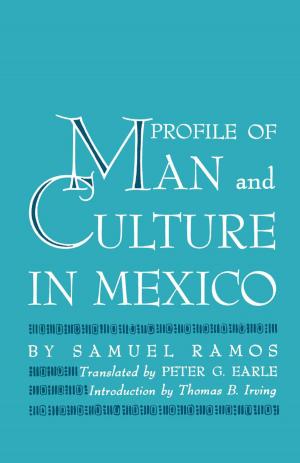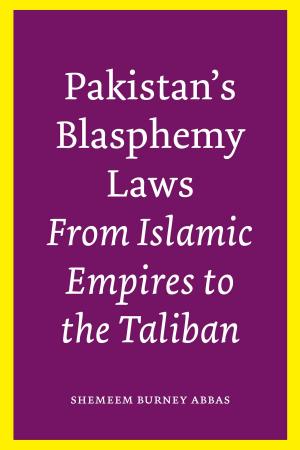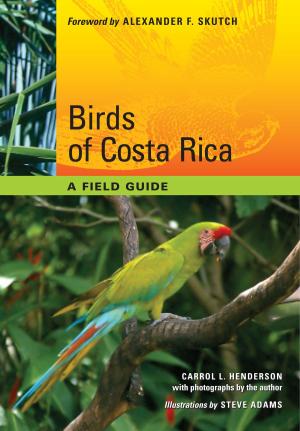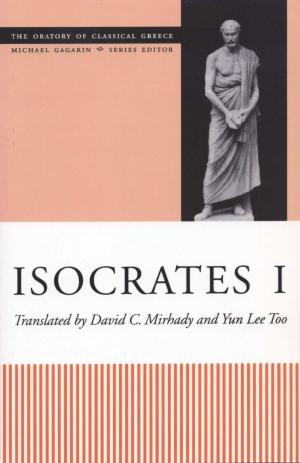The History of a Myth
Pacariqtambo and the Origin of the Inkas
Nonfiction, Social & Cultural Studies, Social Science, Folklore & Mythology| Author: | Gary Urton | ISBN: | 9780292785656 |
| Publisher: | University of Texas Press | Publication: | May 18, 2011 |
| Imprint: | University of Texas Press | Language: | English |
| Author: | Gary Urton |
| ISBN: | 9780292785656 |
| Publisher: | University of Texas Press |
| Publication: | May 18, 2011 |
| Imprint: | University of Texas Press |
| Language: | English |
In the year 1572, the Spanish chronicler Sarmiento de Gamboa completed one of the earliest official versions of the history of the Inka empire. In his account, he stated that the ancestors of the Inkas originated from a cave at a place to the south of the imperial city of Cuzco called Pacariqtambo. The History of a Myth explores how and why this version of the origin myth (there were others) came to form the basis of an official history.Using a legal document from the 1560s, Urton reveals how the Pacariqtambo origin myth allowed remaining members of the Inka nobility to claim descent from the first Inkas and enjoy special status with their Spanish conquerors. This discovery offers new insight into the social and political factors that determine what becomes "the facts" of history. It also emphasizes the ambiguities inherent in history writing when the informants are the conquered subjects of the authors.
In the year 1572, the Spanish chronicler Sarmiento de Gamboa completed one of the earliest official versions of the history of the Inka empire. In his account, he stated that the ancestors of the Inkas originated from a cave at a place to the south of the imperial city of Cuzco called Pacariqtambo. The History of a Myth explores how and why this version of the origin myth (there were others) came to form the basis of an official history.Using a legal document from the 1560s, Urton reveals how the Pacariqtambo origin myth allowed remaining members of the Inka nobility to claim descent from the first Inkas and enjoy special status with their Spanish conquerors. This discovery offers new insight into the social and political factors that determine what becomes "the facts" of history. It also emphasizes the ambiguities inherent in history writing when the informants are the conquered subjects of the authors.















